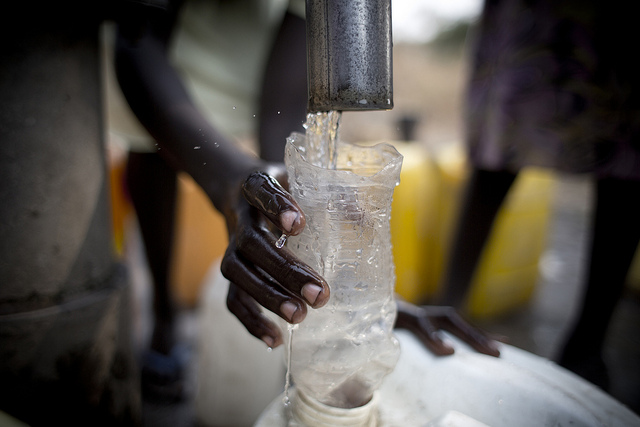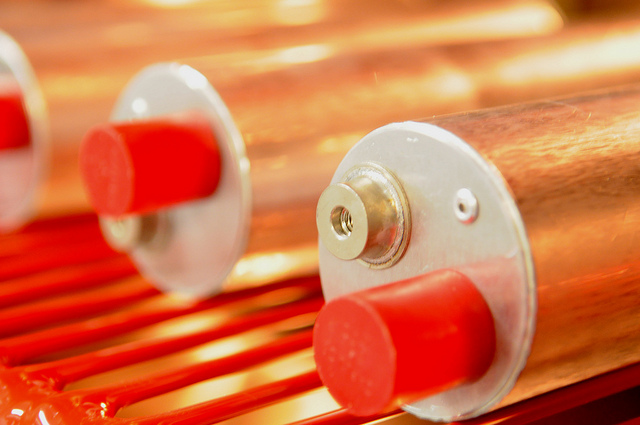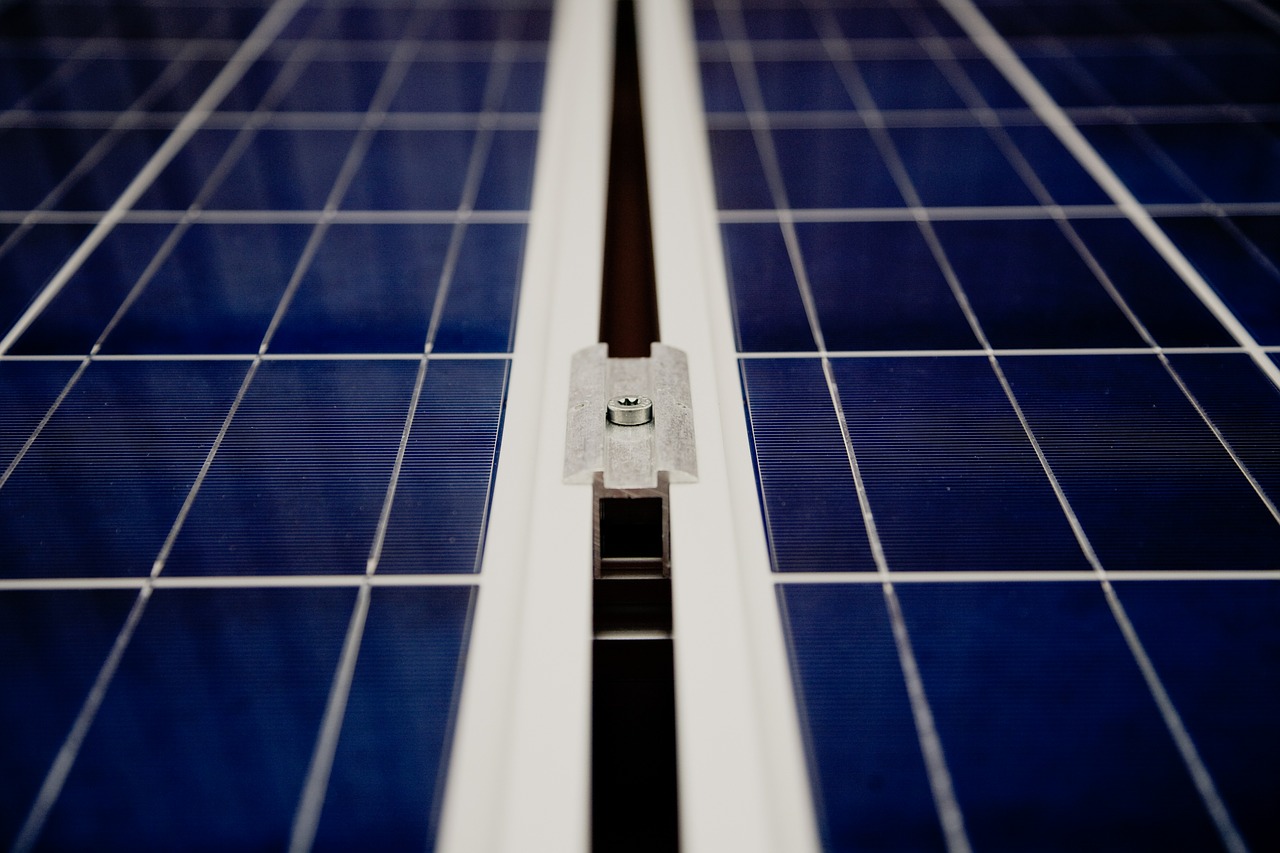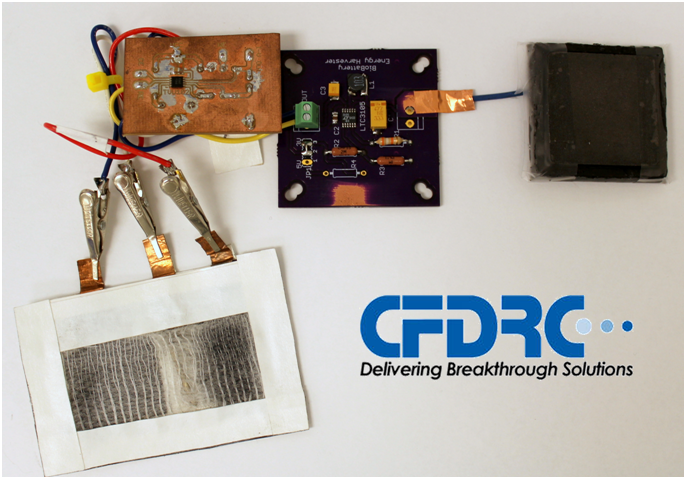 A team of researchers from the National Renewable Energy Laboratory, in collaboration with a team from Shanghai Jiao Tong University, has developed a method to improve perovskite solar cells – raising both efficiency and reliability levels while make them easier to produce.
A team of researchers from the National Renewable Energy Laboratory, in collaboration with a team from Shanghai Jiao Tong University, has developed a method to improve perovskite solar cells – raising both efficiency and reliability levels while make them easier to produce.
Perovskite cells have become one of the more promising technologies in the future of energy. In 2010, the young technology functioned at under 4 percent efficiency. Fast-forward to 2016, and researchers and showing efficiency levels of upwards of 20 percent.
However, it’s been difficult to produce these cells and the lack of stability and dependability has become a focal issue.
This from NREL:
The research involved hybrid halide perovskite solar cells and revealed treating them with a specific solution of methyl ammonium bromide (MABr) would repair defects, improving efficiency. The scientists converted a low-quality perovskite film with pinholes and small grains into a high-quality film without pinholes and with large grains. Doing so boosted the efficiency of the perovskite film in converting sunlight to 19 percent.


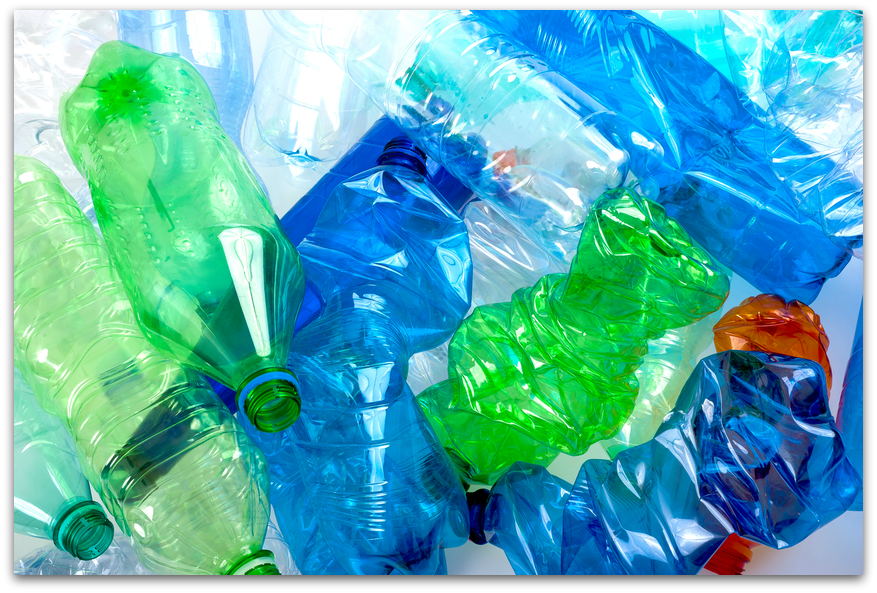 Researchers have taken a step toward the development of renewable plastics – a promising transformation from current plastics made from oil. The biodegradable material is possible due to the creation of a new catalyst.
Researchers have taken a step toward the development of renewable plastics – a promising transformation from current plastics made from oil. The biodegradable material is possible due to the creation of a new catalyst.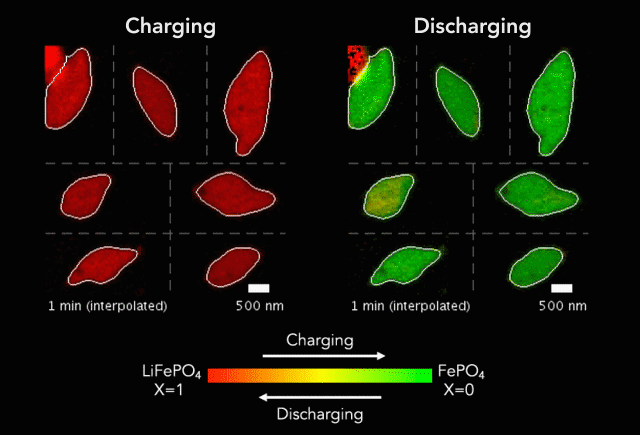
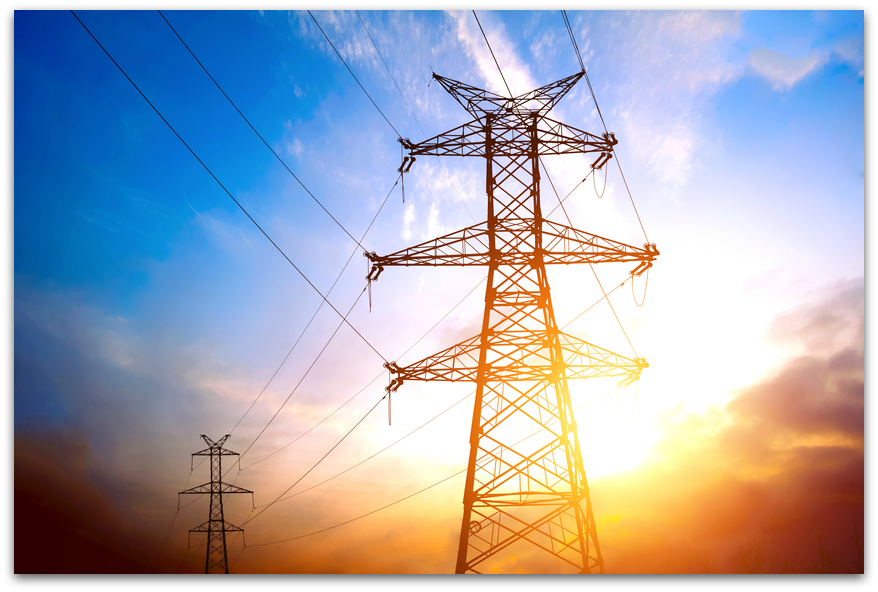 A
A 
